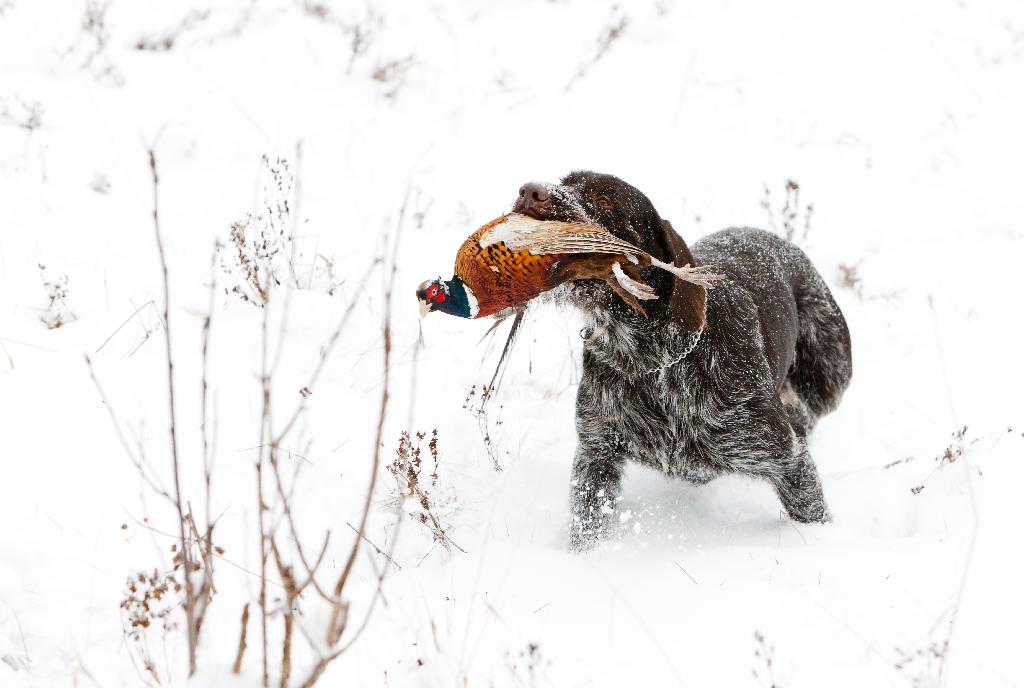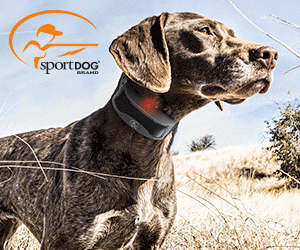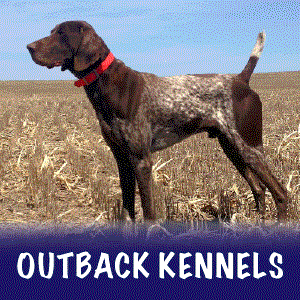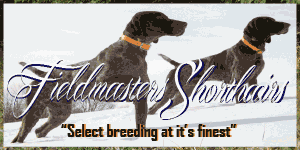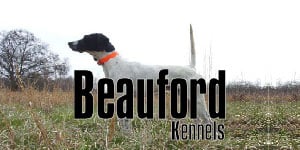WHAT TO WEAR? THAT IS THE QUESTION.
A beginner’s guide to choosing the basics in upland wear. What do I wear for bird hunting? Is a valid and common questio
This article is to be used as a guide only, and not influence in how to dress or what brands to choose. If it’s a flannel green shirt and a pair of jeans, then that’s okay. However, after time there are some items that may need to be upgraded to enhance comfortability and protection.
During the upland hunting season, weather varies from state to state. A bird hunter needs to be prepared for a variety of conditions ranging from heat, cold, rain, snow, wind, and more. Hunters should think about where they are likely to hunt and from there, conduct research on to the type of weather most likely will be encountered. This will help determine how to dress for the conditions.
Dress in Layers
A common scenario unfolds during the upland season, as days typically start out with a bit of chill in the air. Soon after walking, most hunters feel the effects of “getting the blood flowing” and start to warm up. What comes next is the shedding of layers. When done correctly, layering allows clothes to work in tandem with each other thus making the wearer more comfortable.
Rule numero uno, avoid cotton! Cotton holds moisture and draws heat away from the body. The first layer worn is referred to as the base layer. Good base layers will be made from performance materials or Merino Wool to wick away moisture and should fit snug. Thin for warmer days and thicker for cooler days. The mid layer will depend on the weather and activity. When the forecast calls for cool and wet weather, go with fleece, polyester, or wool materials. The mid-layer needs to be loose. The final or outer-layer will act as a barrier and provide water and windproofness. It should also be tough enough to counter the type of cover being walked through.

Shirts and Jackets
Shirts worn could be anything from flannel or wool, to a quarter-zip, or a specialty upland shirt with reinforced elbow and shoulder patches. Jackets are perfect field shell acting as a membrane from the elements Mother Nature throws while in pursuit of those feathered quarry. Those that are waterproof double their effectiveness in the field. Jackets should be able to withstand the rigors of bustin’ through brush.
Pants & Chaps
A lot of bird hunters wear jeans. That’s fine. However, in my personal experience, jeans just don’t cut it after a while and would be better off if just left at home. Foremost, upland pants should feature a double-faced or lined front. This benefit acts as an extra layer of protection for the legs from thorns, briars, and brush. The material is typically stronger and is able to resist and beat back tangles and heavy cover. Those hunters going after grouse, woodcock, pheasant, and even desert quail will be thankful at the end of the day from legs resembling like a cat’s scratch pole.
Most “upland” style pants have reinforced cuffs to resist wear while walking through what seems like impenetrable underbrush. Some pants have a built-in waterproof membrane which is an added plus during early morning dew-ridden vegetation or when it rains.
I use chaps as an added layer of protection from the elements depending on temperature. However, the chaps are put on when the habitat is nasty. Chaps can be made of waxed cotton, oil finish tin cloth, or of a tough nylon material needed to push through thick briars and cover. Most are lightweight and packable and are breathable as well as water and windproof. They feature side zips of button for easy on-and-off over boots and articulated knee for better range of motion.
Boots
Upland bird hunting is an active field sport. One that requires lots of constant walking over vast areas and everchanging landscapes. Hunters are likely to cover a good amount, of miles each day. Its crucial that boots fit well and are comfortable for long arduous treks. Boots should provide ample ankle support and aggressive tread design for climbing, this especially true when hunting over rugged terrain for chukar and Himalayan snowcock.
If hunting in wet or damp environments, such as stalking pheasants along creek bottoms or marshy cover, having waterproof boots is important. Those hunters whose feet get cold easily, insulation should be considered when hunting in the colder months. This may not be an issues as upland hunting means moving, and keeping those toes dry and warm will not be an issue. Boots should be made of rugged fabric and / or high-quality leather.

Hat. A bird hunter’s noggin’ is the highest point and thus probably the most visible when traipsing through thick cover. Everyone has a favorite hat or lid they wear, but to add to safety and visibility, a Blaze or Hunter Orange hat will only help identify hunters in the field no matter the environment.
Bird Vests. Bird vests come in all sorts of shapes and sizes. All with their “own” special features. However, its main purpose is to carry effectively downed game, shells, and smaller odds and ends; first-aid kit, water, snacks, etc. The best advice is to offer new bird hunters is to research and if possibly go to outdoor stores and try on a variety of vests to determine which fits and feels the best. Buy a well-designed vest that has those important features needed. Organization translates into storage which means pockets. Ask to borrow a friend or mentors vest to see what they wear and ask why they chose that specific one. Get feedback to help make a decision. Prices will be moderate to high for hand-crafted custom-built vests made in the USA.
Blaze Orange. One of the absolutely “must haves”, is that every upland hunter should wear some type of blaze or hunter orange. It’s a simple way to stay safe. Hunters should check with state regulations to determine what is required. Each state has different requirements as well as not having any at all for wearing blaze orange. Most bird vests have some blaze orange on them – to add field visibility, add a blaze orange shirt or jacket. Its smart insurance.
Related Aritlces
LOADING
As I reloaded my 12 gauge over-and-under, yet again for the fourth, fifth, and even sixth time after I had whiffed on the acrobatic brown rockets of the marsh…the snipe, I had about given up on connecting on the fragile little fliers. The Ruger Red Label’s barrels were hot to the touch due to the number of shells being shot out of them. Trouncing through the wetlands, the occasional backsplash would create a “tsss” sound on the hot metal tubes. The break-open action on the double-barreled shotgun was surely seeing plenty of opening and closing.
Hunting Those Cold, Wet Winter Days in the Fi
We had parked a half-of-mile down the road. A couple of dozen roosters stood idle in the field. They resembled tiny black checkmarks from a distance against the white backdrop. Every once-in-a-while some would scoot in and out of brush piles and thickets. The snow had covered the land. Tufts of yellow grass were scattered across the field. Most of the grass had been covered by the snow. With no where to hide, the birds found refuge in what little cover they could find. This meant flocks of pheasants sheltering up together out of the elements. A small woodlot seemed to be providing roosters a place to get out of the wind and cold. According to the map the public parcel included an adjacent field of sorghum.




